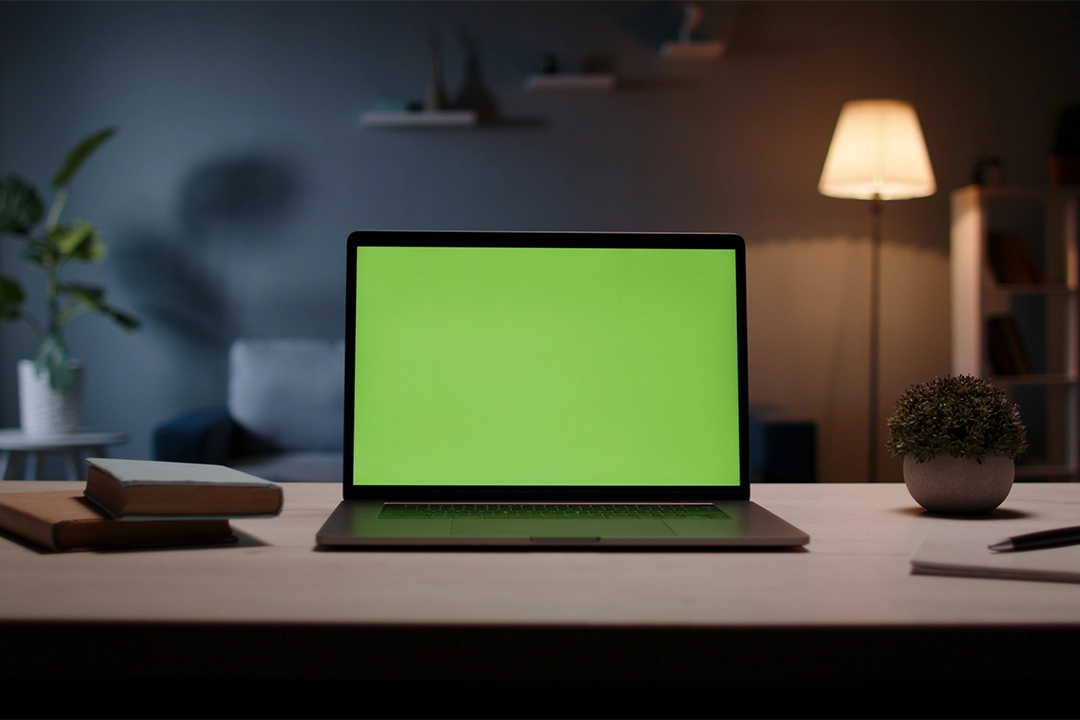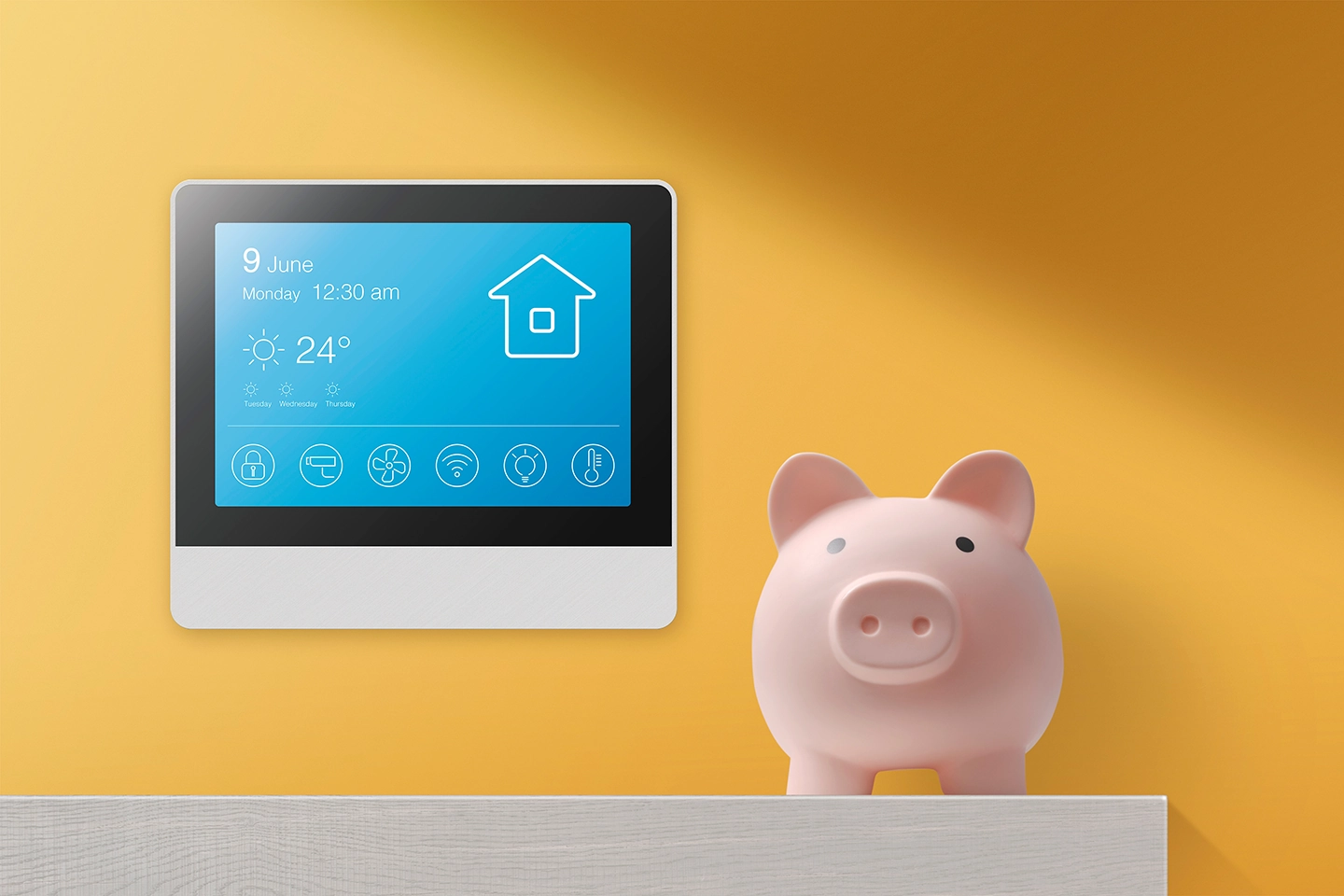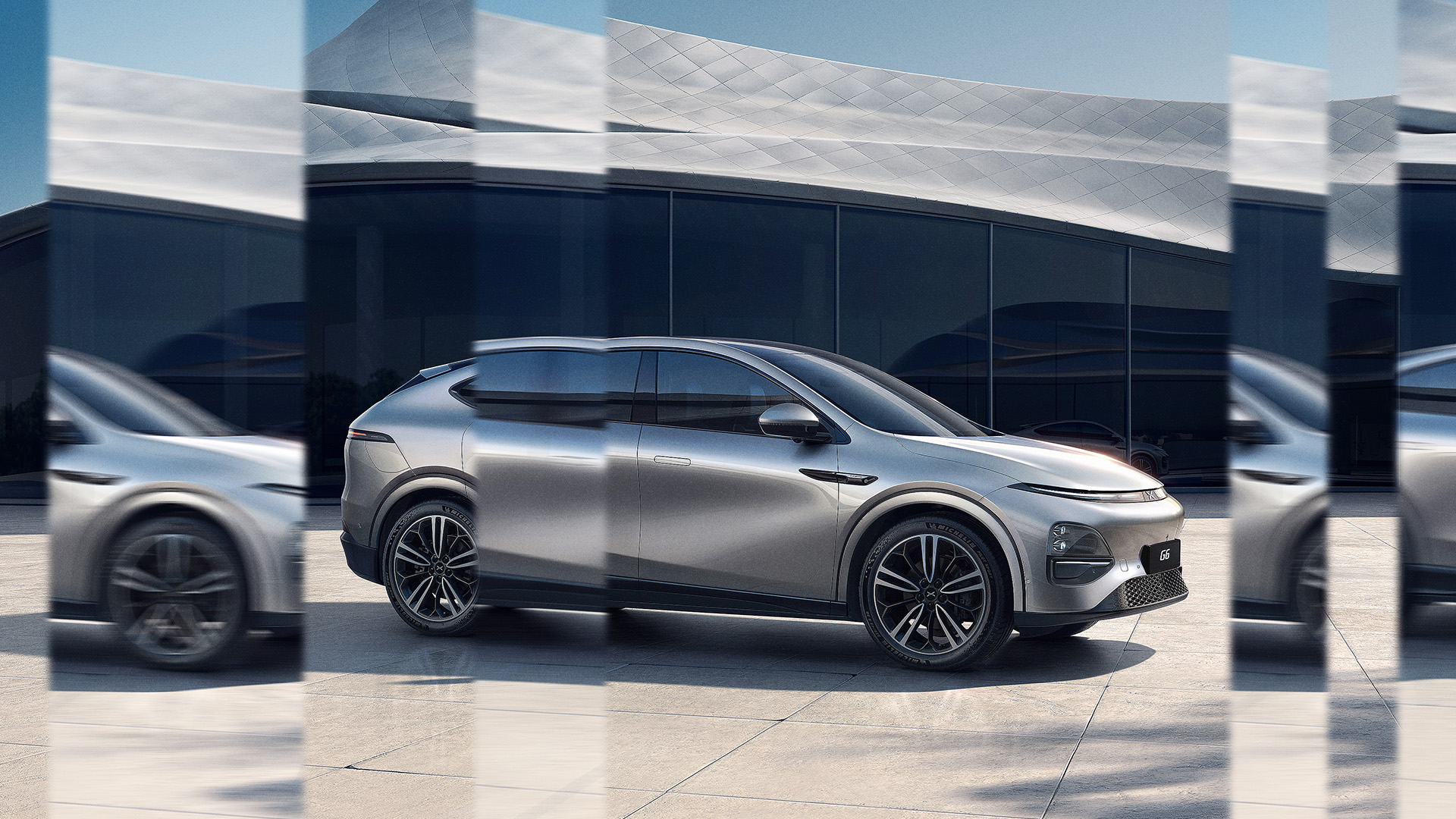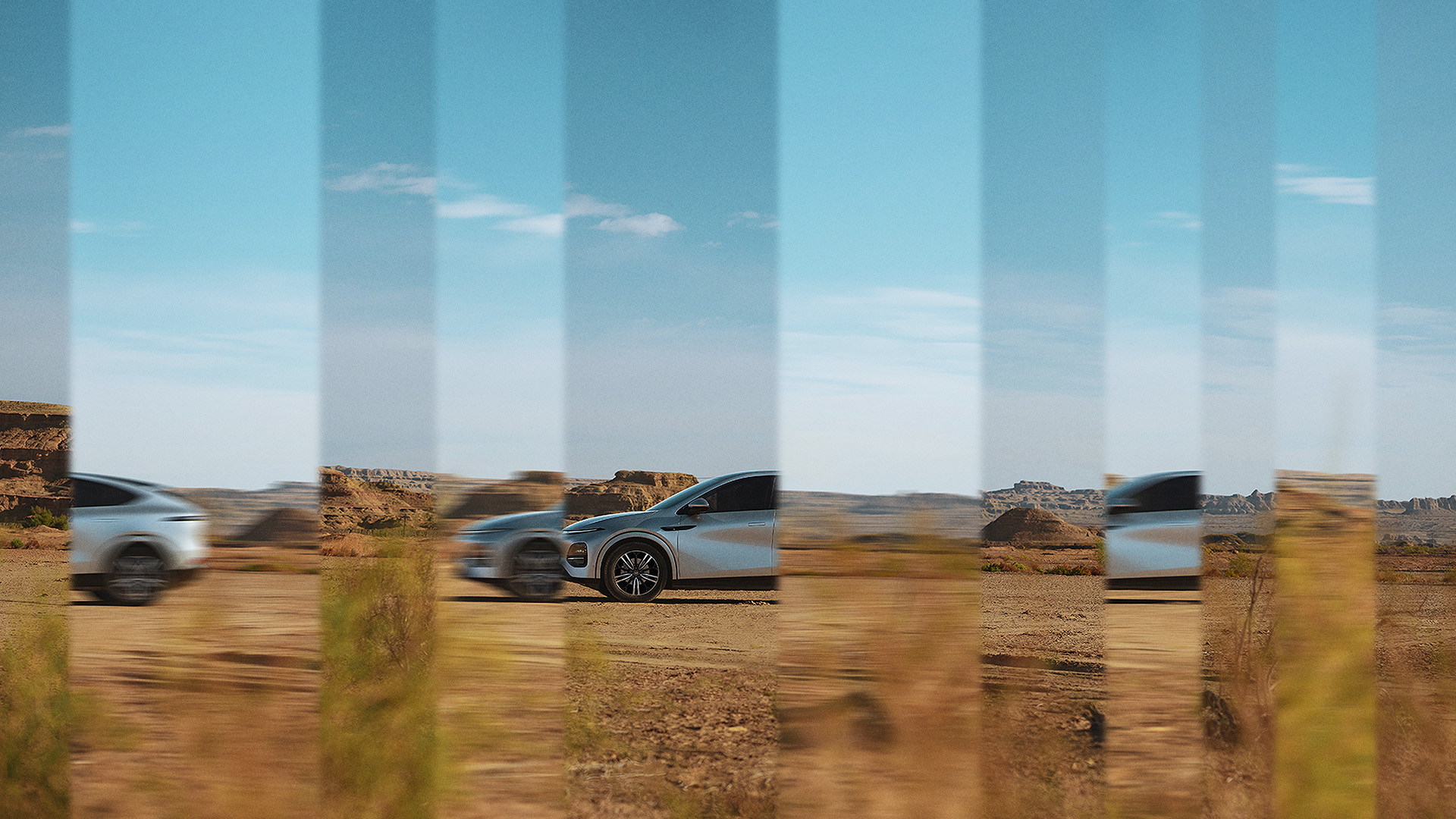
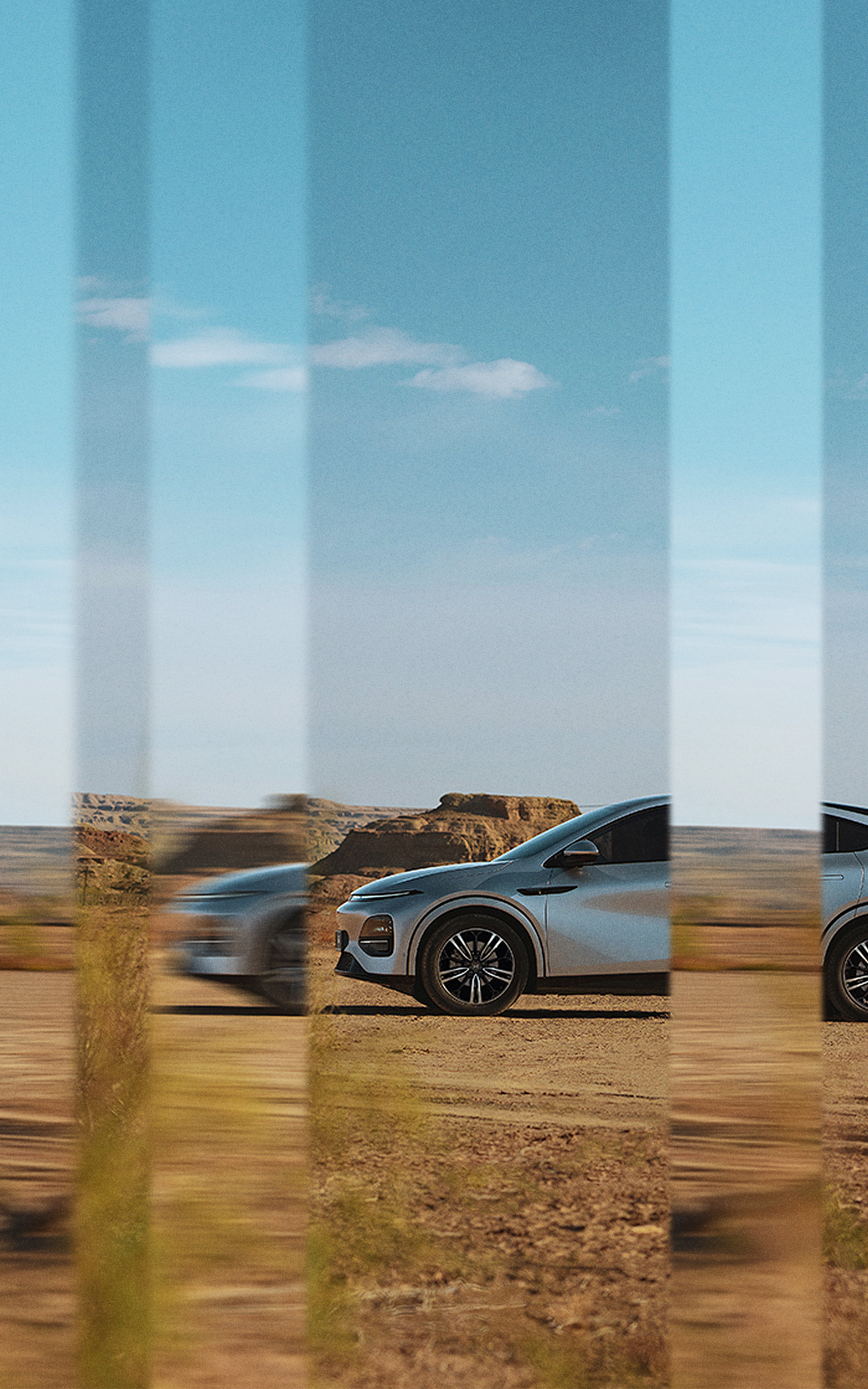
Experience the future, today
Isn’t it incredible how far technology has come in such a short space of time? From the first humble car radios to today’s immersive infotainment systems, from parking sensors to vehicles that can park themselves — innovation has transformed every journey.
At XPENG, we believe the future isn’t something you wait for — it’s something you should experience, today. With features like over-the-air updates that keep your car evolving, advanced driver assistance for safer, more confident travel, and seamless connectivity that puts everything you need at your fingertips, the G6 isn’t just ahead of its time. It’s right on time.
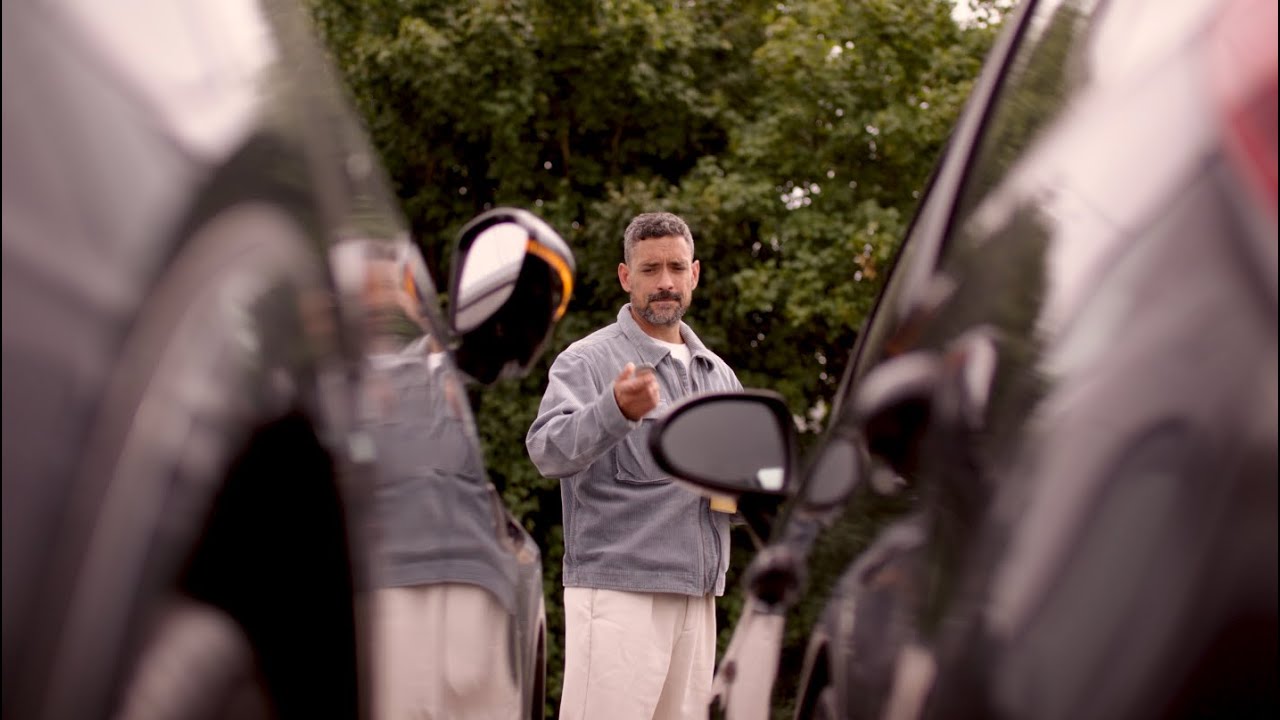
History of mainstream tech
-
Computers
Was
The first general-purpose electronic digital computer weighed over 24,000 kg, taking up 1,800 sqft of space and was 8ft tall
Now
Over the past 30 years the weight of household computers have dropped from an average of 22kg for a desktop to 2kg for a laptop
-
Phones
Was
Alexander Graham Bell successfully transmitted the first intelligible telephone message in 1876, saying to his assistant, "Mr. Watson -- come here -- I want to see you".
Now
Up to 30 million smartphones are sold annually in the UK, with Instant Messaging Apps being the most popular form of communication.
-
Homes
Was
The first smart meter was developed in 1977 by Metretek Inc. eliminating the need for manual readings to utility companies.
Now
Over 65% of homes have a smart meter, with increasing number of households able to monitor their home energy consumption from their mobile phones.
-
Banking
Was
There were over 10,000 high street bank branches open in the UK ten years ago.
Now
The evolution and accessibility of online banking reduced the number of high street branches by over 55%, with an estimated 87% of the adult population using a form of online or remote banking.
-
Entertainment
Was
Popular high street video rental company, Blockbuster, operated out of 800 locations in the UK at its peak.
Now
There are over 200 streaming platforms available worldwide, encompassing both video and audio services.
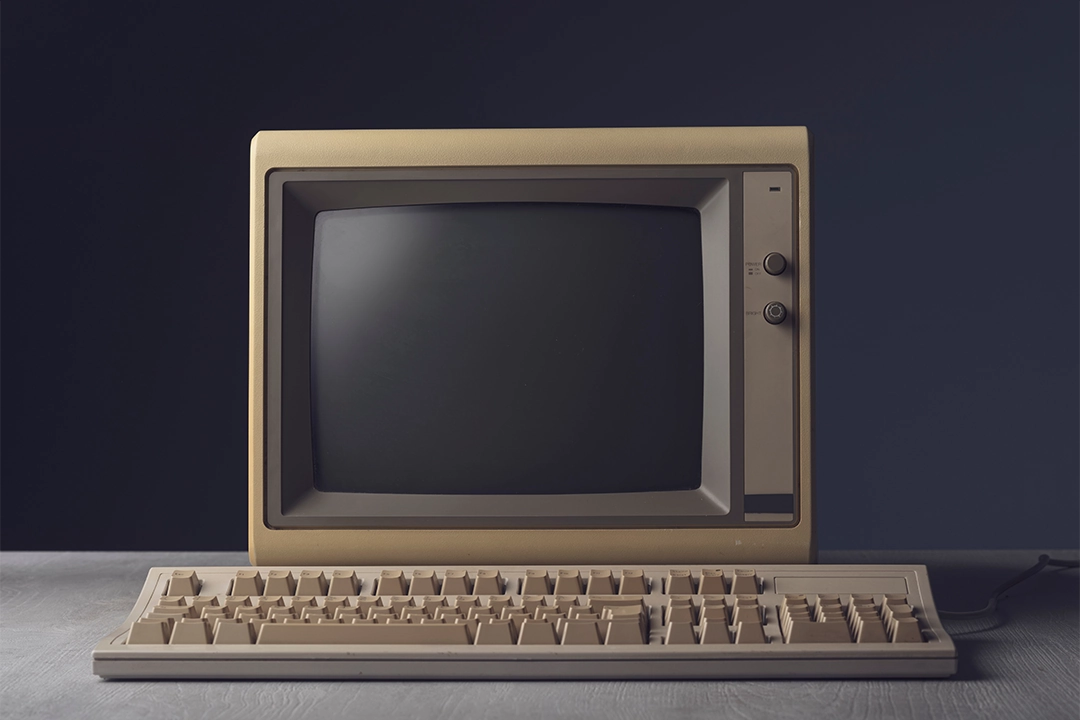




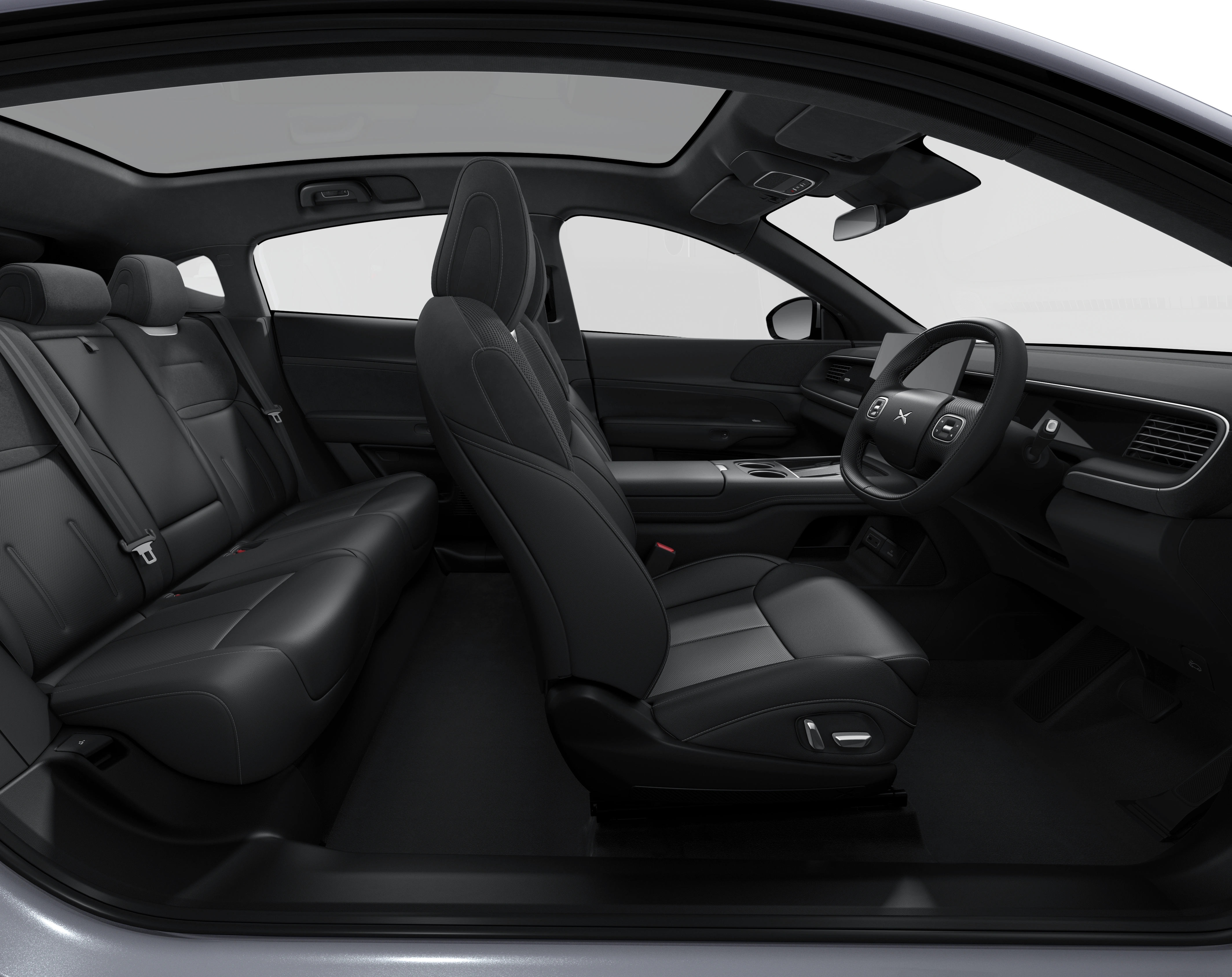
Speakers
Equipped with 18 Xopera surround speakers delivering 960 watts
Did you know? The first electric speakers used for music typically handled 10 watts of power.
Air Conditioning
Pre-condition your cabin via the XPENG app for optimal comfort before you even step inside.
The first modern air conditioner was invented in 1902 to solve humidity issues at a printing shop.
Wireless Charging
Two wireless, ventilated charging pads ensure both driver and passenger devices stay powered on the go.
The invention of wireless power dates back to 1891 invented by pioneer Nikola Tesla.
Acceleration / Performance
Accelerates from 0-62 mph in just 6.6 seconds
The first car to reach 62 mph was electric too, back in 1899, named La Jamais Contente (which translates to The Never Satisfied).
Infotainment Screen
A high-definition touchscreen places control, entertainment, and navigation right at your fingertips.
In-car entertainment began with radios in the 1930s.
ADAS / Driving Assist
Advanced driver assistance systems use sensors and cameras to enhance safety and confidence on the road.
Cruise Control was invented by a blind engineer, Ralph Teetor, to alleviate his car sickness when travelling with unpredictable drivers.
Front Seats
Driver seat offers 8-way power adjustment and 4-way lumbar support, plus ventilation and heating functions.
Power seats appeared in vehicles in the late 1940s, with simple 2-way functionality.
Auto-parking
XPILOT Automated Parking Assistance (APA) uses cameras and sensors to detect parking spaces and manoeuvre the vehicle, without operation from the driver
The first mainstream parking sensors were available from 2003
XPENG Achievements
XPENG’s all-electric flying car, designed for clean, futuristic urban air mobility.
XPENG’s AEROHT X2 is the world’s first eVTOL “flying car” to complete a public flight, marking a milestone in urban air mobility. With its minimalist carbon‑fibre design and enclosed cockpit, it offers zero-emission, AI‑powered aerial travel. This two-seater vehicle, capable of both manual and autonomous flight, demonstrates XPENG’s vision of seamless, three-dimensional mobility in cities.
XPENG’s AI-powered humanoid robot, blending smart learning with human-like agility.
XPENG’s humanoid robot, Iron, integrates advanced AI, a human-like build with 200 degrees of freedom, and XPENG’s signature 720° vision system. Powered by the Turing chip, it learns and adapts at triple the industry speed, pushing the frontier of intelligent robotics. Iron is currently deployed on XPENG’s electric vehicle production lines, assisting with assembly tasks that require high precision and efficiency.
Setting the global benchmark for ultra-fast EV charging.
XPENG’s 800V platform with silicon carbide inverters delivers the fastest EV charging in the world, adding up to 124 miles in just 5 minutes on models like the G9. This breakthrough means less waiting and more freedom, underscoring XPENG’s drive to redefine electric performance.
Which of these tech features is your favourite?
Just imagine a world where you could only chose one of these features for your new G6, which would it be?
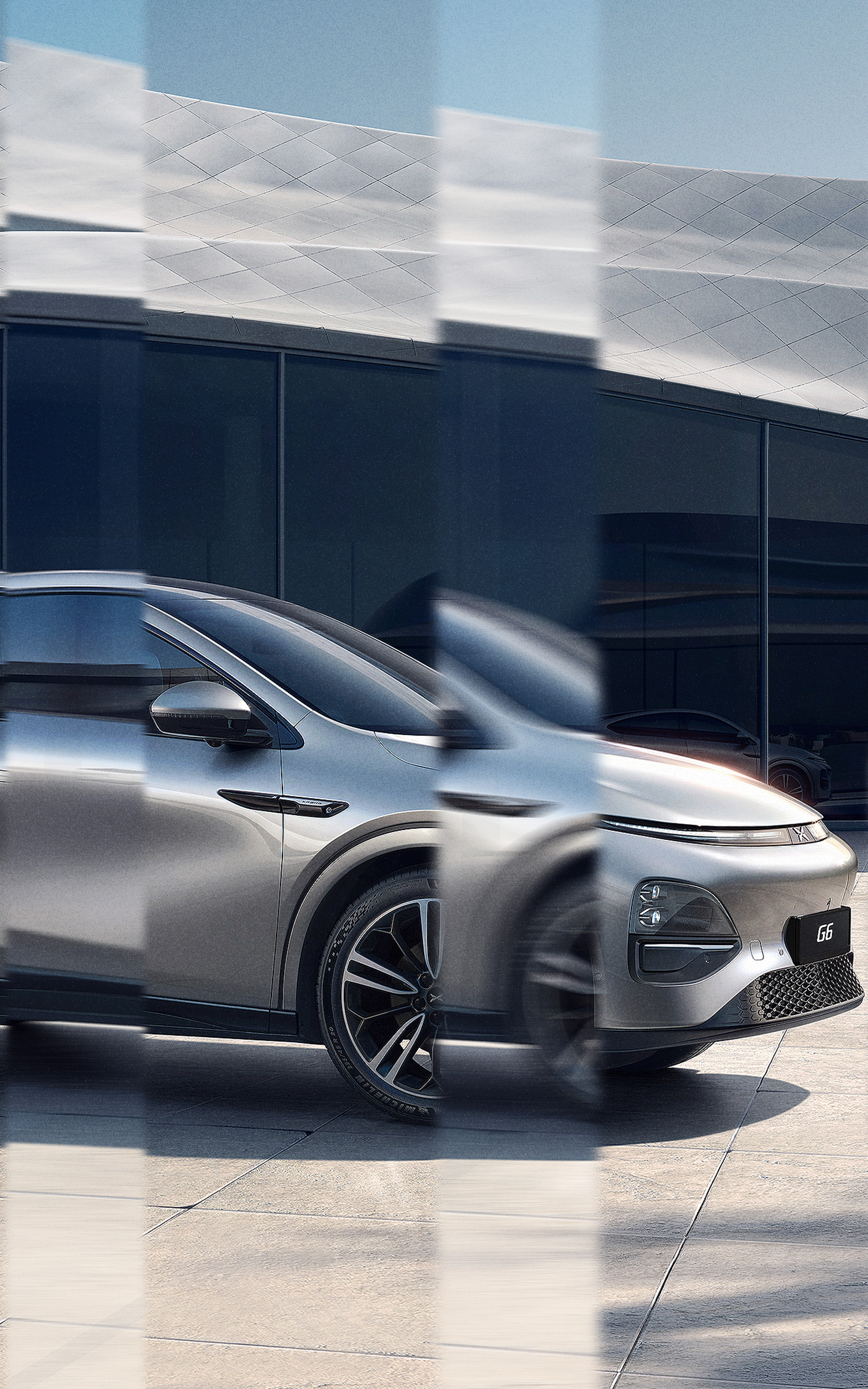
With an eye on performance, design, technology, and value, the XPENG G6 might just be the new benchmark for electric vehicles (EVs) that come out of nowhere to take the market by storm.
AutoEV
Book a Test Drive
Fill in the form to book your test drive.


Not finished learning?
Uncover what XPENG will offer you.
